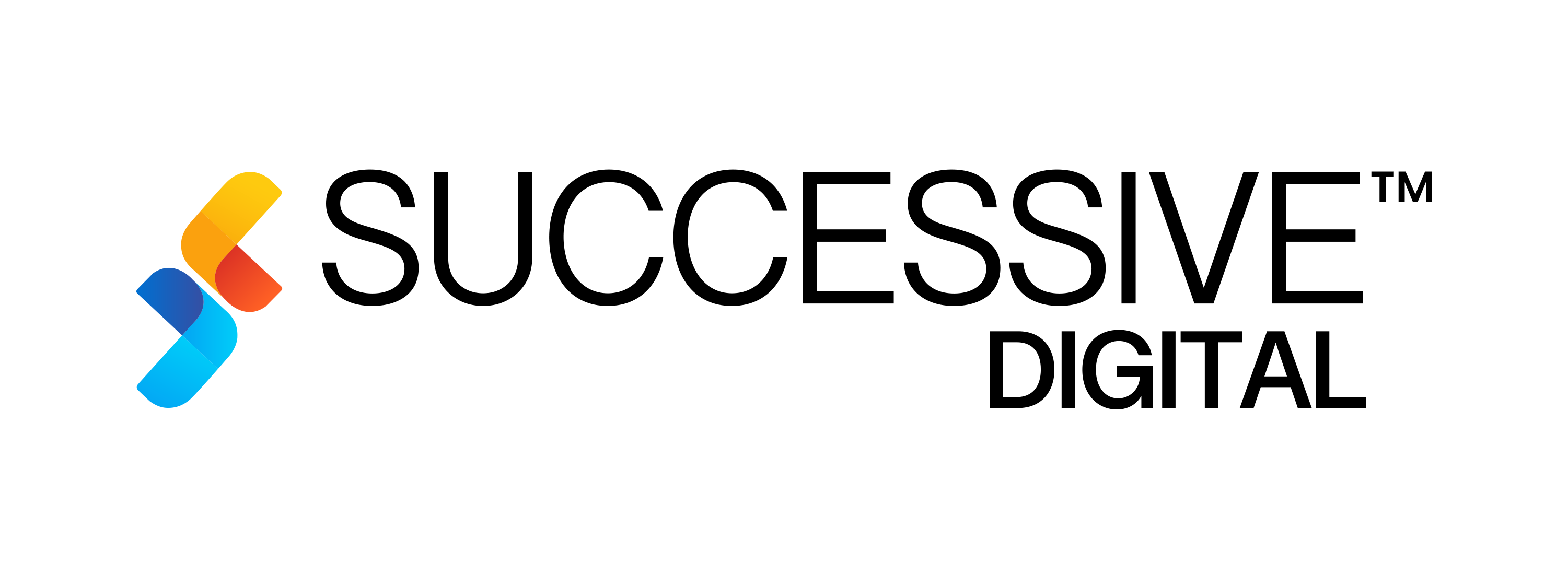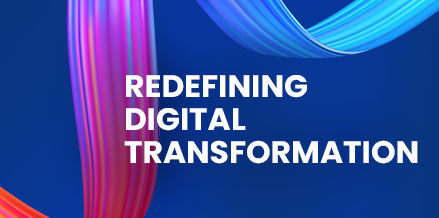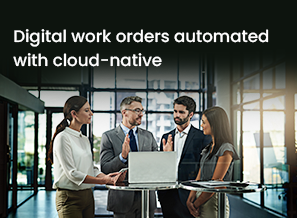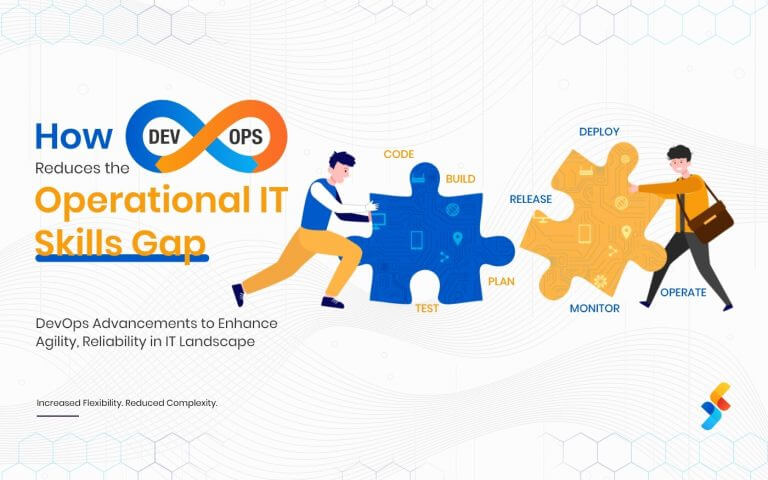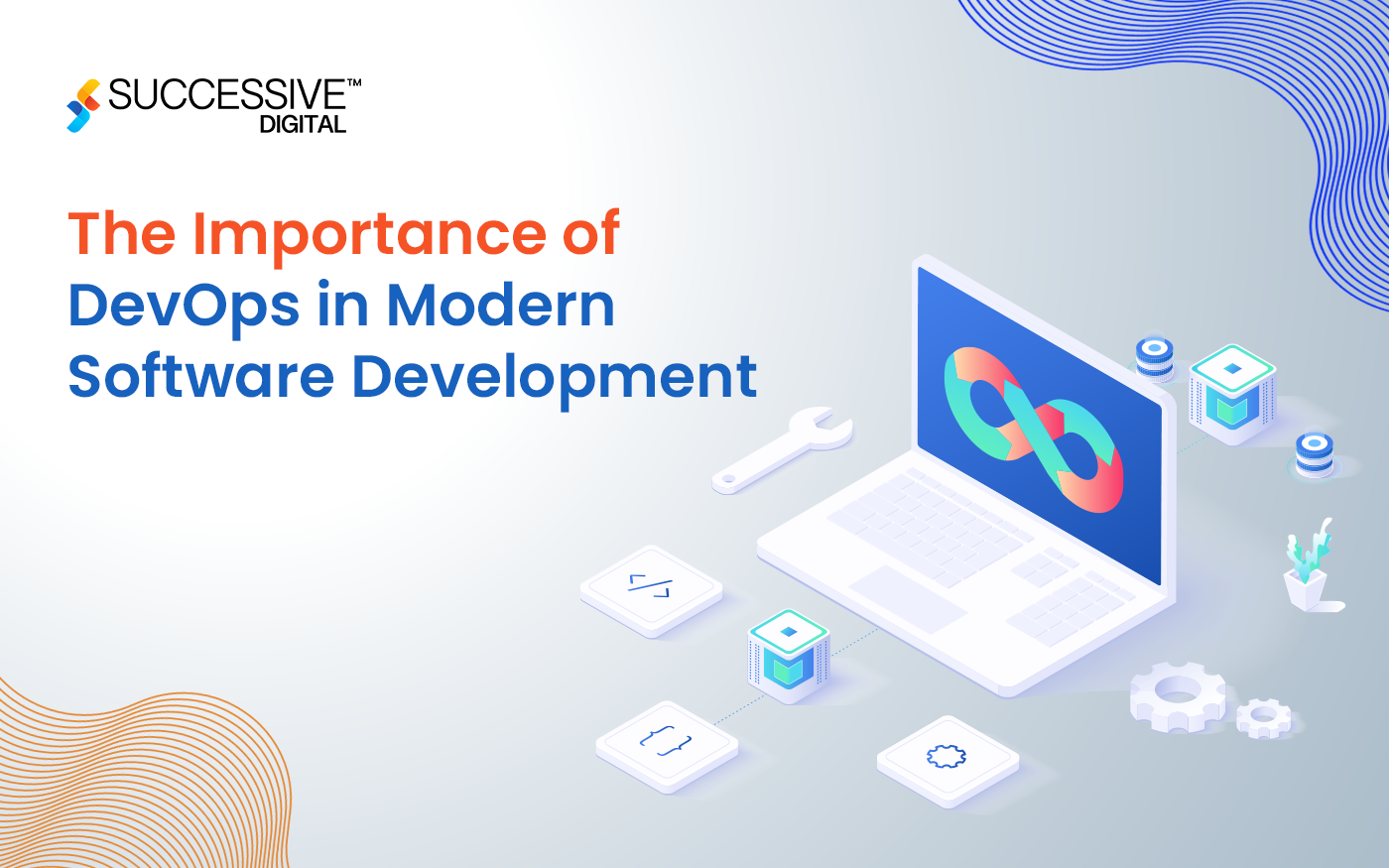Organizations increasingly rely on cloud services for data storage and management, which demands them to go beyond conventional reactive methods to cybersecurity. In today’s cloud-first environments, traditional perimeter-based defense isn’t enough.
Most businesses don’t realize they’ve been breached until it’s too late. By then, customer trust is eroded, systems are compromised, and losses start compounding.
That’s the cost of a reactive security posture.
Attack surfaces are fluid—spanning across multi-cloud setups, containers, third-party integrations, remote access points, and ever-changing user behaviors. And yet, many enterprises still rely on patchwork tools and delayed responses.
This is where modern cloud consulting services flip the script—from waiting for alerts to actively hardening systems before vulnerabilities are exploited. It takes a proactive approach to safeguard cloud-based tools and operations from unforeseen threats and vulnerabilities.
Adopting proactive cloud security practices ensures policies and methods that keep organizations one step ahead of malicious actors and build resilience against the growing sophistication of cyberattacks.
Why Threat Prevention Needs a Cloud-Native Mindset
Security in the cloud isn’t just about migrating the firewall. It’s about rethinking how threats are detected, analyzed, and mitigated—often before they escalate. Cloud security consulting services lead strategies that bring in shifts:
Continuous Posture Management
Instead of periodic audits, cloud-native platforms allow real-time visibility into misconfigurations, unused permissions, open ports, and policy drift.
-
Built-in Automation
Automated threat modeling, anomaly detection, and response workflows reduce human error and response time.
-
Proactive Governance
Cloud consultants ensure security baselines, IAM protocols, and compliance frameworks are baked into the system—not bolted on later.
-
Integrated Threat Intelligence
Pull in threat intel feeds that correlate with your cloud activity, helping identify zero-day vulnerabilities, leaked credentials, or emerging attack vectors relevant to your setup.
-
Proactive Compliance Monitoring
Continuously track alignment with frameworks like ISO 27001, SOC 2, HIPAA, or PCI-DSS—flagging violations in real-time rather than at audit time.
-
Behavioral Anomaly Detection
Use ML-based models to detect unusual patterns in traffic, user behavior, or resource usage—flagging threats that don’t fit traditional signatures.
-
Security as Code Baked Into the CI/CD Process
Integrate automated scanning, policy checks, and dependency audits at every stage of the deployment pipeline. Every release gets vetted before it hits production.
What Proactive Approach in Cloud Security Solutions Looks Like in Practice
The cloud security proactive approach focuses on identifying and addressing potential threats and vulnerabilities early on—before they can be exploited. With continuous monitoring, risk assessment, and implementation of preventive measures, it can mitigate data security risks.
Advanced methodologies and tools like intrusion detection systems, threat intelligence, and predictive analytics in practice ensure robust multi-cloud infrastructure and applications.
Cloud consulting services help enterprises move away from generic security playbooks to tailored, proactive defenses that adapt to their architecture and risk surface. This typically includes:
- Pre-deployment security assessments for every workload, container, and serverless function.
- Secure CI/CD pipelines with automated code scanning, dependency checks, and policy enforcement.
- Micro-segmentation to isolate sensitive workloads and reduce lateral movement if breached.
- Zero Trust frameworks that verify every access attempt, regardless of origin.
- Active threat hunting using AI models trained on behavioral data, not just rule-based patterns.
These aren’t point cloud security solutions—they’re part of an ecosystem designed to scale, update, and learn in real time.
Cloud Consulting Services: The Architecture Behind the Agility
Moving from reactive patching to proactive threat prevention starts with a new foundation. Cloud consulting services don’t just modernize your tech stack; they redefine how your infrastructure thinks, scales, and defends.
Here’s what that really looks like:
-
Baseline Architecture & Policy Blueprints
Before security tooling, there’s security intent. Cloud migration and security consulting services teams define what “secure” actually means in your context—whether you’re in regulated industries like healthcare or operating in multi-cloud environments. They build reference architectures, compliance-first frameworks, and IaC templates that codify security into your cloud provisioning layers.
-
Zero-Trust Network Segmentation
Networks are no longer perimeter-bound—and neither is trust. Consultants implement service meshes, identity-aware proxies, and microsegmentation that isolate workloads and reduce lateral movement.
-
Cloud Workload Protection
Containers, VMs, and serverless functions need protection tailored to their runtime environment. CWPP (Cloud Workload Protection Platforms) offers real-time process monitoring, eBPF-based anomaly detection, integrity checks, and runtime controls without slowing down deployments. This means your workloads stay fast—and your defenses stay sharp.
-
Posture Management at Scale
Cloud migration consulting services teams deploy CSPM (Cloud Security Posture Management) to auto-detect misconfigured resources, non-compliant buckets, and unused but exposed services. Layer that with CIEM (Cloud Infrastructure Entitlement Management), and you get visibility into excessive permissions and identity sprawl—especially in federated access environments.
-
Clarity in the Shared Responsibility Model
Cloud consulting services doesn’t just audit your stack; it defines who owns what, down to the service layer. From OS patches to key management to logging pipelines, consultants map responsibilities across IaaS, PaaS, and SaaS layers. This reduces assumptions, closes accountability gaps, and avoids costly finger-pointing during incident response.
Threat Modeling for Distributed Systems
In the cloud, the attack surface doesn’t sit neatly inside a perimeter—it sprawls across APIs, serverless functions, containerized workloads, third-party SDKs, and identity federations. Threats are more dynamic, more contextual, and more interdependent than ever before.
That’s why threat modeling in modern cloud environments is no longer optional—it’s foundational. And it needs to be workload-first, not network-first.
Here’s where cloud security solutions makes the real difference:
- Workload-centric Threat Modeling: Go beyond static templates. Consultants map real trust boundaries, system dependencies, and data flows specific to your architecture—whether that’s microservices, event-driven apps, or hybrid environments.
- Real-time Threat Emulation: Shift from theoretical threats to lived simulations. Red team vs. blue team exercises, adversary emulation, chaos engineering, and live pen testing help identify blind spots before attackers do.
- Risk-based Prioritization: Not all alerts are created equal. Consultants guide teams to triage issues based on exploitability, exposure window, and impact—ensuring that effort aligns with business-critical risks, not noise.
The Role of Observability in Prevention
In distributed systems, visibility isn’t just a nice-to-have. It’s how you anticipate breaches instead of cleaning up after them.
Cloud-native observability does more than monitor uptime. It feeds the entire security lifecycle—from threat detection to forensic analysis—with rich, real-time telemetry.
Here’s what that looks like in practice:
- Telemetry From Everywhere: Centralize signals across compute, storage, orchestration layers, third-party APIs, and CDNs. You’re not just watching infrastructure—you’re watching the choreography between services.
- Smart Alerting With Context: Detection is only as good as correlation. When IAM role anomalies coincide with spikes in outbound requests or unauthorized API calls, alerts become actionable—not overwhelming.
- Proactive Forensics and RCA: Observability enables time-travel debugging. By preserving full-fidelity logs, traces, and state context, teams can retrace how incidents unfolded—without guesswork.
From Cloud Cost to Cloud Control
When implemented well, proactive threat prevention does more than reduce incidents. It creates operational predictability. Systems become easier to audit, developers deploy faster with security guardrails in place, and compliance becomes a byproduct of infrastructure, not a recurring pain point.
Companies offering cloud consultancy services bring in cross-domain expertise to standardize this—across DevOps, FinOps, and SecOps—so businesses can manage risk without slowing down product delivery.
In modern cloud-native organizations, security is a performance layer, a trust engine, and a business enabler.
- Customer trust is now earned through visible, consistent protection of data and digital experiences.
- Brand equity hinges on your ability to recover—better yet, avoid—incidents that could erode your reputation.
- Compliance is no longer a once-a-year exercise; it’s a byproduct of strong architecture and continuous controls.
With the right cloud consulting services partner, security evolves from a reactive support function into a proactive accelerator of transformation:
- Launch initiatives faster by removing friction between dev, sec, and ops.
- Cut downtime and MTTR with unified visibility and root-cause traceability.
- Automate evidence collection for audits, freeing teams to focus on innovation.
Conclusion
Cloud-native threat prevention isn’t about reacting more efficiently. It’s about designing systems that don’t break in the first place. That’s where expert cloud security consulting services make the difference. From plug-in tools to embedded controls, from alert fatigue to intelligent observability, from compliance sprints to continuous assurance—they engineer resilience, not just remediation.

